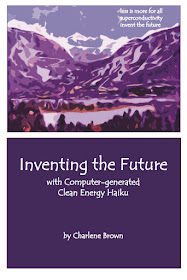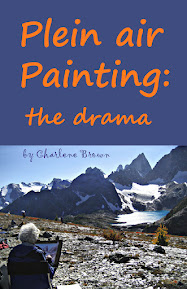This glacier is easily seen from a short
stretch of the TransCanada Highway (near the bottom of the first long drop west
of the summit of Rogers Pass) but is actually very difficult to access and track.
Thus, it is all the more impressive that Illecillewaet’s
recession and (even more difficult to measure) downward flow and resulting ‘net’
recession, were painstakingly determined almost every year from 1887 until 1911
by an intrepid American, Mary Vaux. She used heavy steel plates ─
big enough that it was (usually) possible to find them
each year ─ and a 45-kg camera,
that required two pack horses.
Mary Vaux's comprehensive, old (by North American
standards) data has been compared to modern net recession measurements, which
were resumed in 1945 after a gap of about 30 years caused by World Wars I and II and the Great Depression between them. This comparison with on-going research, now carried out by
Parks Canada, is proving that, as suspected, ‘anthropogenic forcing’
(human-caused impact) is massive and accelerating.
Like glaciers all over the world,
Illecillewaet is disappearing.











